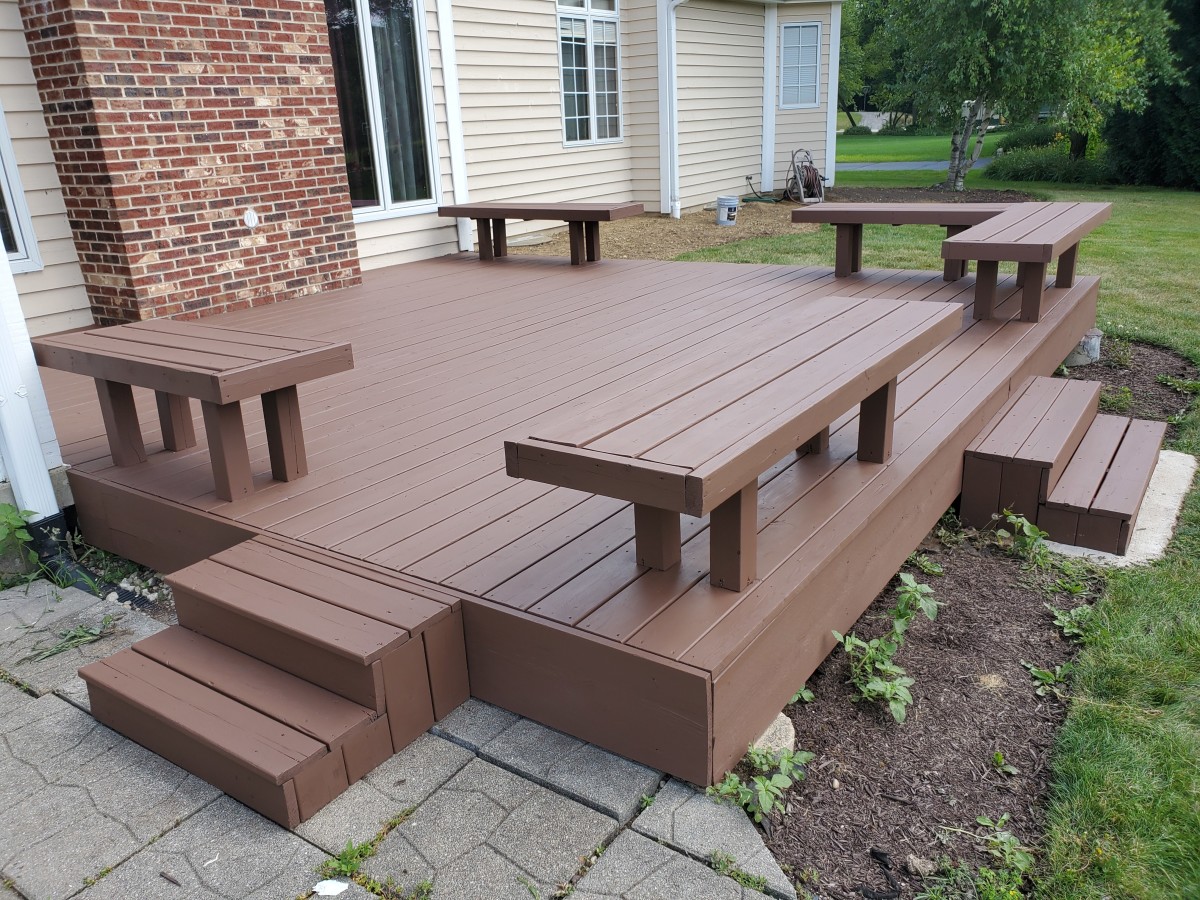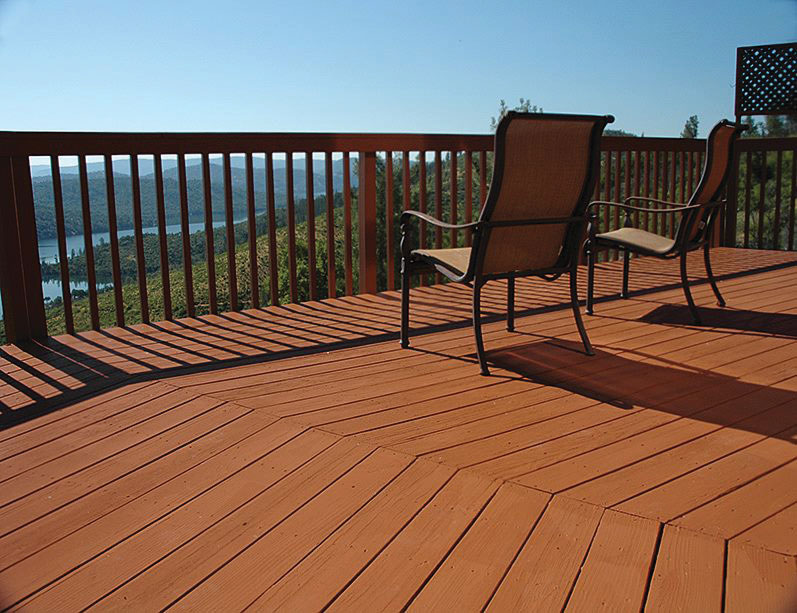A Comprehensive Guide to Various Types of Deck Staining Techniques for Ultimate Defense and Aesthetic Appeals
In the world of deck upkeep, the art of staining stands as a crucial action in the direction of both preserving the stability of your outside room and improving its visual appeal. As we browse with the detailed globe of deck staining strategies, one starts to appreciate the nuanced strategies that can make all the difference in between an average finish and a flawless one.
Comprehending Various Kinds of Stains
Different kinds of discolorations are commonly utilized in the procedure of deck staining to accomplish various visual and safety effects. On the other hand, semi-transparent stains use an equilibrium in between shade improvement and protection, allowing some wood grain to show with.
Toners include a tip of color to the wood while offering minimal defense, making them ideal for more recent decks with less wear. Recognizing the qualities and benefits of each kind of discolor is critical for achieving the wanted appearance and durability for your deck.
Selecting the Right Discoloration Shade
When taking into consideration the appearances of your deck discoloration project, the choice of tarnish color plays a vital function in enhancing the safety high qualities of the selected tarnish kind (Water-Based Stains). The color you choose can dramatically affect the overall appearance of your deck, in addition to its ability to hold up against the aspects over time
When picking a stain shade, it's vital to consider the existing shade scheme of your home's outside. Harmonizing the deck tarnish with the overall visual of your residential property can create a aesthetically attractive and natural outdoor room. Additionally, the shade of your deck tarnish can influence the temperature level of the deck surface; darker colors often tend to absorb even more warmth, while lighter colors show sunshine and stay cooler.
Additionally, the sort of wood you are tarnishing will likewise influence how the discolor shade shows up. Different timber varieties can communicate with the discolor in numerous ways, potentially modifying the last color. It's a good idea to examine the stain on a little, low-profile location of the deck to ensure the color transforms out as wanted prior to proceeding with the entire job.
Preparing Your Deck for Discoloration
To guarantee a effective and long-lasting deck staining task, extensive preparation of the deck surface area is necessary. Begin by cleaning the deck thoroughly to remove dirt, crud, mildew, and any old discolor or end up.
Evaluate the deck for any kind of harmed or rotten boards that need to be replaced. Hammer down any kind of sticking out nails and sand any type of rough areas to ensure a smooth surface area for discoloration. Look for any loosened barriers or steps that might require tightening or repair.
As soon as the deck is clean, dry, and in great repair, take into consideration applying a timber brightener to restore the deck's all-natural color and open the wood pores for much better stain infiltration. Finally, secure any neighboring plants, furniture, or surfaces with plastic bed linen before continuing with the staining process. Correct preparation is essential to accomplishing a professional-looking coating and optimizing the longevity of your deck discolor.
Using Discoloration With Various Methods
For a remarkable and professional finish, the method of applying tarnish plays weblink an essential function in boosting the appearance and sturdiness of your deck. There are numerous techniques you can utilize to make sure a reliable application of tarnish.
It is ideal for intricate areas and getting to in between deck boards. Back-brushing after rolling is advised to also out the stain and function it into the timber for much better penetration.
Spraying is an additional popular method, offering speed and simplicity of application, especially for big deck locations. It is very important to utilize a premium sprayer and bear in mind overspray. Pad applicators provide a smooth and even finish and are appropriate for both horizontal and upright surfaces. Whichever technique you choose, making sure appropriate prep work and adhering to manufacturer guidelines will certainly assist achieve a stunning and lasting discolor surface on your deck.

Keeping and Re-staining Your Deck
When it comes to re-staining your deck, the regularity depends on various aspects such as the type of tarnish used, the environment in your area, and exactly how much wear and tear your deck experiences. Usually, it is advised to re-stain your deck every 2-4 years to preserve its security and visual appeals.
Before re-staining, guarantee the i thought about this deck is clean, dry, and complimentary of any kind of previous tarnish deposit. Choose a premium discolor that fits your deck's product and supplies the wanted degree of defense.
Final Thought
To conclude, recognizing the various kinds of deck discolorations, view publisher site picking the appropriate shade, effectively preparing the deck, applying discolor with different methods, and re-staining the deck and preserving are vital steps for supreme security and appearances. By following these steps, you can ensure that your deck continues to be in leading problem for many years to come.
Additionally, the color of your deck discolor can influence the temperature level of the deck surface area; darker colors tend to absorb even more warm, while lighter colors show sunlight and stay cooler.
It's suggested to check the discolor on a small, low-profile location of the deck to guarantee the color turns out as wanted before proceeding with the whole job.
